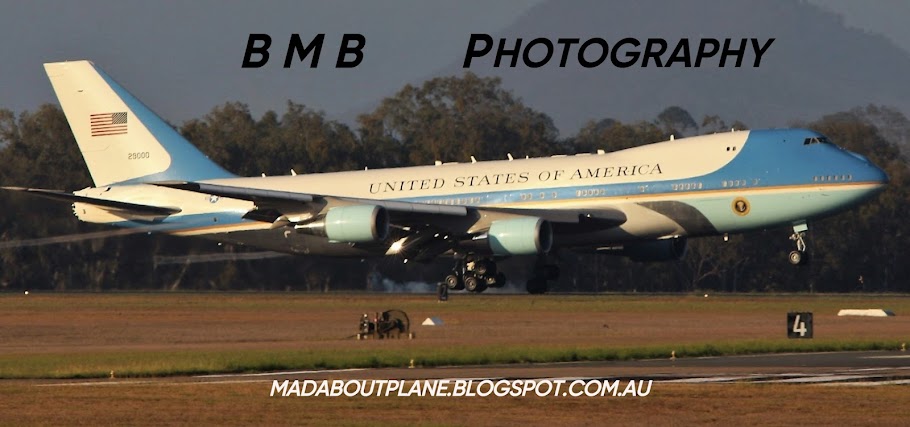 |
| VIRGIN AUSTRALIA ATR 72-500 VH-FVM (CN 979) |
IATA | ICAO | Callsign |
|---|---|---|
VA | VOZ | VELOCITY |
It suddenly found itself as a major airline in Australia's domestic market after the collapse of Ansett Australia in September 2001. Before Covid the airline had grown to directly serve 52 cities both domestically and internationally. Virgin Blue also owned airlines like Pacific Blue; Polynesian Blue and V Australia but now they all operate under the name Virgin Australia.
The airline's head office is based here in Brisbane at Bowen Hills, Queensland but will soon be moving a few suburbs away to the Flight Centre building in Southbank. It was co-founded by British businessman Richard Branson (the founder of Virgin Group), and former CEO Brett Godfrey. In 2011, the airline went through a massive transformation, changing of their brand to Virgin Australia. This included the introduction of a new aircraft livery, new uniforms, and new on board menu options. New wide-body aircraft were acquired for use to compete with Qantas, and the roll-out of business class across all the Virgin Australia network. On 4 May 2011, the former Virgin Blue revealed its new name, Virgin Australia, as well as its new livery.
The airline's head office is based here in Brisbane at Bowen Hills, Queensland but will soon be moving a few suburbs away to the Flight Centre building in Southbank. It was co-founded by British businessman Richard Branson (the founder of Virgin Group), and former CEO Brett Godfrey. In 2011, the airline went through a massive transformation, changing of their brand to Virgin Australia. This included the introduction of a new aircraft livery, new uniforms, and new on board menu options. New wide-body aircraft were acquired for use to compete with Qantas, and the roll-out of business class across all the Virgin Australia network. On 4 May 2011, the former Virgin Blue revealed its new name, Virgin Australia, as well as its new livery.
 |
| VIRGIN AUSTRALIA A330-243 VH-XFC (CN 1293) |
Happy Birthday Virgin Australia I really hope you are around for another 20 yrs
























































